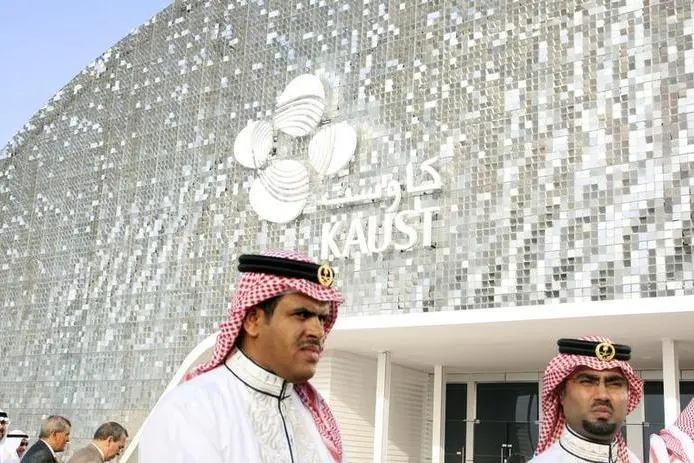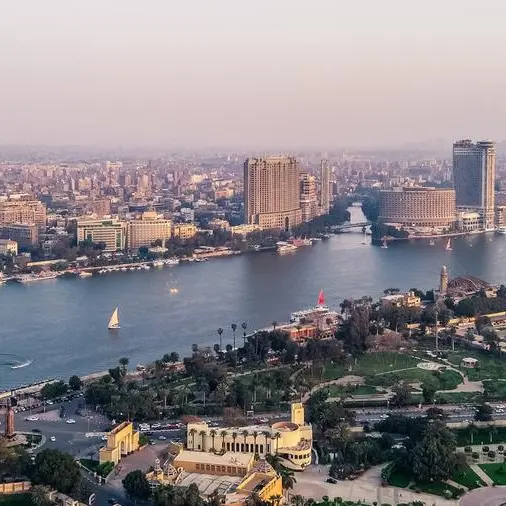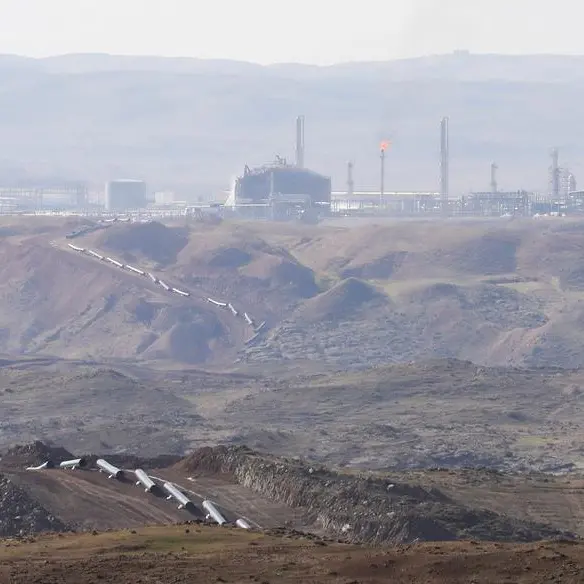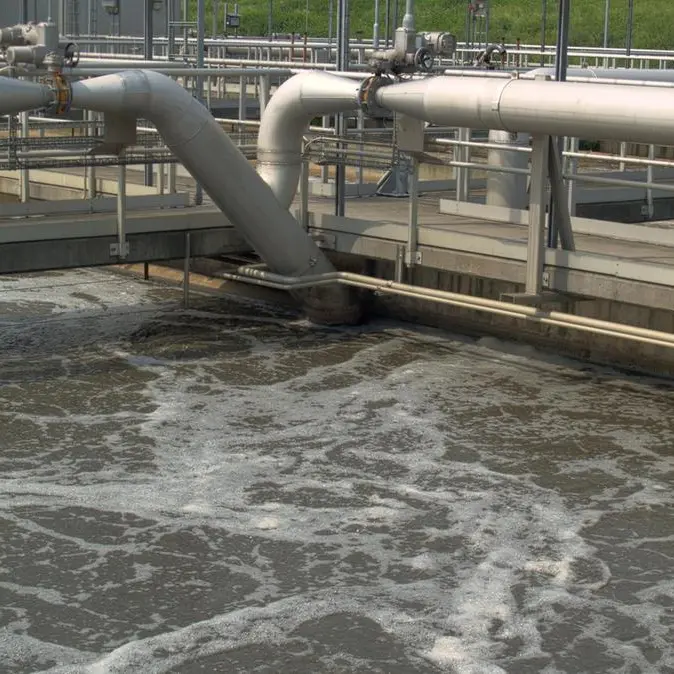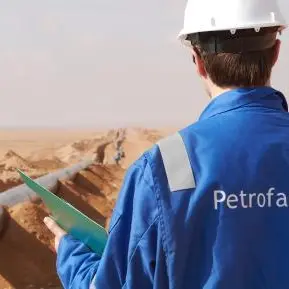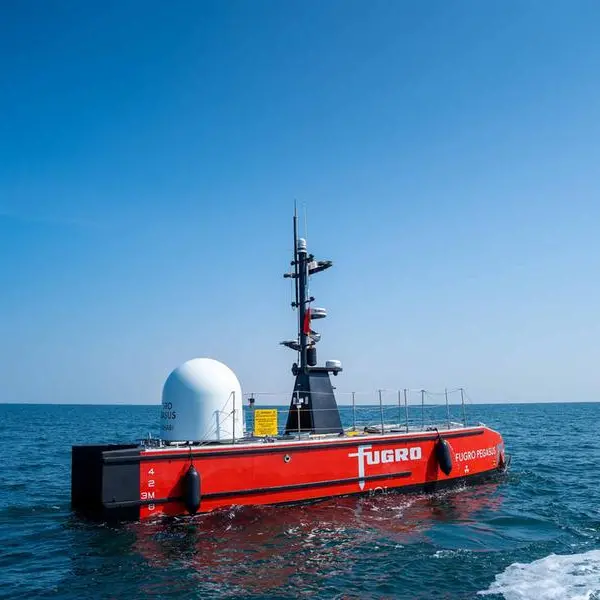PHOTO
Jeddah -- King Abdullah University of Science and Technology (KAUST) scientists have made a groundbreaking finding, revealing the existence of active hydrothermal vent fields in the Red Sea. In its press release on Monday, the university stated that the Hatiba Mons fields, the largest of their kind ever reported, were the focal point of this discovery.
Hydrothermal vents are hot springs generated by underwater volcanoes situated at the boundaries of tectonic plates. The release of warm fluids, heated by magma beneath the volcano, leads to an abundance of microbial communities, surpassing normal levels.
KAUST highlighted that these findings are expected to provide valuable insights into the deep Red Sea's biological and mineralogical resources, as well as the evolutionary processes of life in extreme environments.
Through meticulous mapping efforts, KAUST scientists have identified 45 vent fields spanning a vast area of 1.6 square kilometers at Hatiba Mons. Notably, all 14 directly observed fields were actively venting, distinguishing them from other vent fields worldwide, typically confined to smaller regions of active venting along mid-ocean ridges.
The relatively low temperatures of the vents, measured at 40 degrees Celsius, have contributed to the formation of numerous iron-oxyhydroxide mounds hosting thriving microbial communities. These communities are believed to play a crucial role in the development of the large mounds, creating favorable conditions for the flourishing of life through positive feedback mechanisms.
An intriguing observation was the presence of macrofauna near the vents, highlighting the potential of these microbial communities to provide valuable insights into the origins and adaptation of life in the deep sea.
